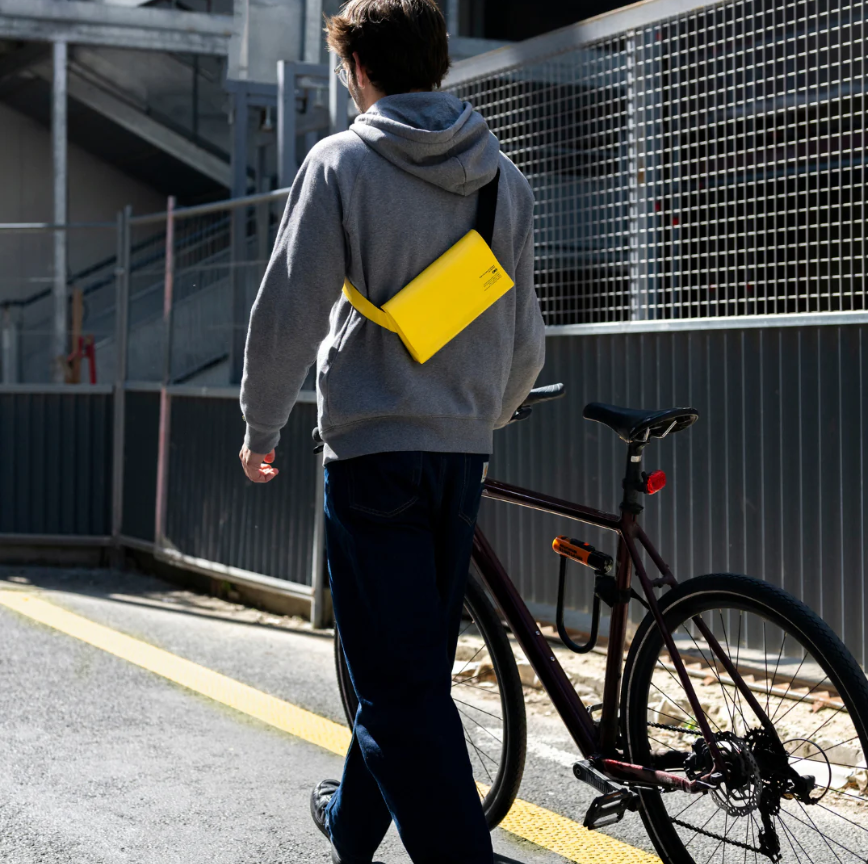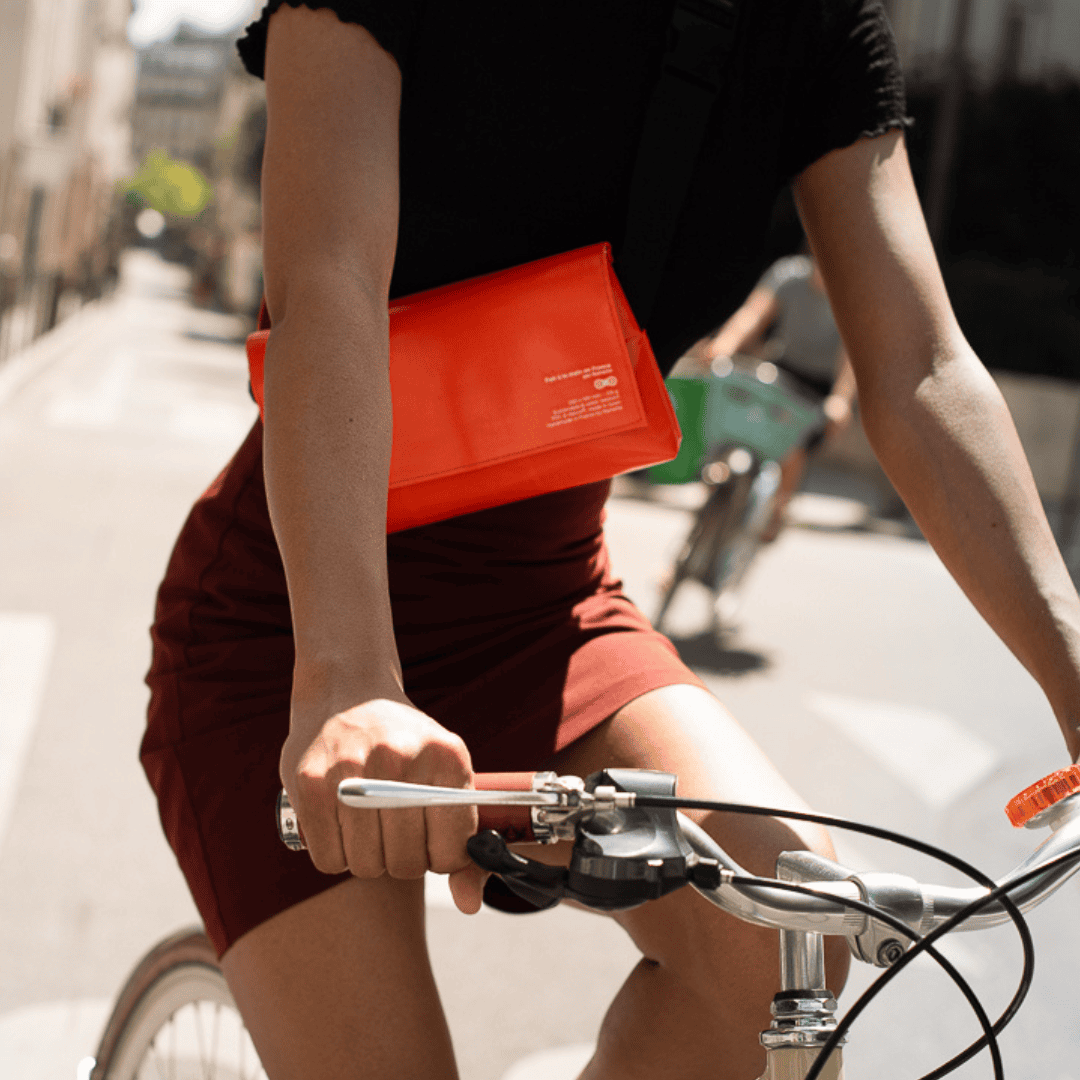Réflecteur de vélo : un accessoire indispensable pour une visibilité et une sécurité maximale
Les catadioptres, également appelés réflecteurs, sont des accessoires essentiels pour assurer la sécurité des cyclistes, surtout lorsqu’ils roulent dans des conditions de faible luminosité ou la nuit.
Ces dispositifs simples mais efficaces augmentent la visibilité des cyclistes sur la route, réduisant ainsi le risque d'accidents.
Cet article explore l'importance des réflecteurs de vélo, les différents types disponibles, et comment les installer correctement pour garantir une visibilité optimale.
Pourquoi les catadioptres sont essentiels ?
La sécurité routière
Les catadioptres augmentent la visibilité des cyclistes en renvoyant la lumière des phares des autres véhicules, alertant ainsi les conducteurs de la présence d'un vélo sur la route.
Une meilleure visibilité signifie que les conducteurs peuvent réagir plus rapidement et garder une distance de sécurité adaptée, réduisant ainsi les risques de collision.
Une obligation légale
En France, comme dans de nombreux pays, l’installation de catadioptres sur les vélos est obligatoire. Ils doivent être installés à l'avant, à l'arrière, sur les pédales et sur les roues.
Le non-respect de ces réglementations peut entraîner des sanctions, comme des amendes pouvant aller jusqu’à 38 €.
Types de catadioptres de vélo
Catadioptre avant et arrière
Le catadioptre placé à l’avant doit être de couleur blanche ou jaune, il se fixe sur la fourche ou le guidon. Il reflète la lumière des phares venant en sens inverse, alertant les conducteurs de votre présence.
Le catadioptre arrière doit être de couleur rouge, il se fixe sur la tige de selle ou le garde-boue. Il est crucial pour signaler votre présence aux véhicules venant de derrière.
Catadioptre de roues
Ils se fixent aux rayons des roues, sont de couleur orange et sont visibles de côté. Ils reflètent la lumière à 360 degrés, augmentant ainsi la visibilité latérale.
Certains pneus sont dotés de bandes réfléchissantes intégrées, offrant une visibilité continue tout autour de la roue.
Il est également possible d’ajouter des bandes réfléchissantes faites spécialement pour se fixer sur les rayons de la roue. Un bon moyen pour améliorer sa visibilité tout en se démarquant avec style.
Réflecteurs de pédales
Les catadioptres de pédale se montent sur les faces avant et arrière des pédales, ils doivent être de couleur orange. Ils sont particulièrement visibles lorsque les pédales tournent, attirant l'attention des conducteurs. Ils sont presque systématiquement intégrés directement aux pédales.
Ils améliorent la visibilité de vos mouvements, ce qui est crucial lors des intersections et des changements de direction.
Entretien des catadioptres
Assurez un nettoyage régulier
Les catadioptres doivent être nettoyés régulièrement pour garantir leur efficacité. Utilisez un chiffon humide pour enlever la saleté et la poussière.
Vérifiez régulièrement l'état des catadioptres pour vous assurer qu'ils ne sont pas fissurés ou endommagés.
Remplacement
immédiatement les catadioptres endommagés pour maintenir un haut niveau de sécurité.
S’ils sont anciens, envisagez de les remplacer par des modèles plus récents et plus performants.
Conseils supplémentaires pour améliorer la visibilité
Éclairage supplémentaire
En plus des catadioptres, il ne faut pas oublier qu’utiliser des feux avant et arrière pour une visibilité active est également obligatoire. Les feux clignotants sont particulièrement efficaces.
Installez des bandes LED ou réfléchissantes sur le cadre du vélo pour une visibilité accrue.
Vêtements réfléchissants
Porter des vêtements réfléchissants pour être visible de loin est un excellent complément pour ajouter de la visibilité en plus de celle des catadioptres.
Utilisez des brassards et des bandes réfléchissantes sur les bras et les jambes pour signaler vos mouvements.
Les catadioptres de vélo sont des accessoires simples mais extrêmement efficaces pour assurer la sécurité des cyclistes. En augmentant votre visibilité, ils réduisent significativement le risque d'accidents. Pour une sécurité maximale, il est essentiel d'installer des réflecteurs avant, arrière, sur les roues et les pédales, et de les entretenir régulièrement. En combinant ces dispositifs avec des feux et des vêtements réfléchissants, vous pouvez rouler en toute sérénité, de jour comme de nuit.
Assurez-vous d'être bien visible sur la route et profitez de vos trajets à vélo en toute sécurité.












